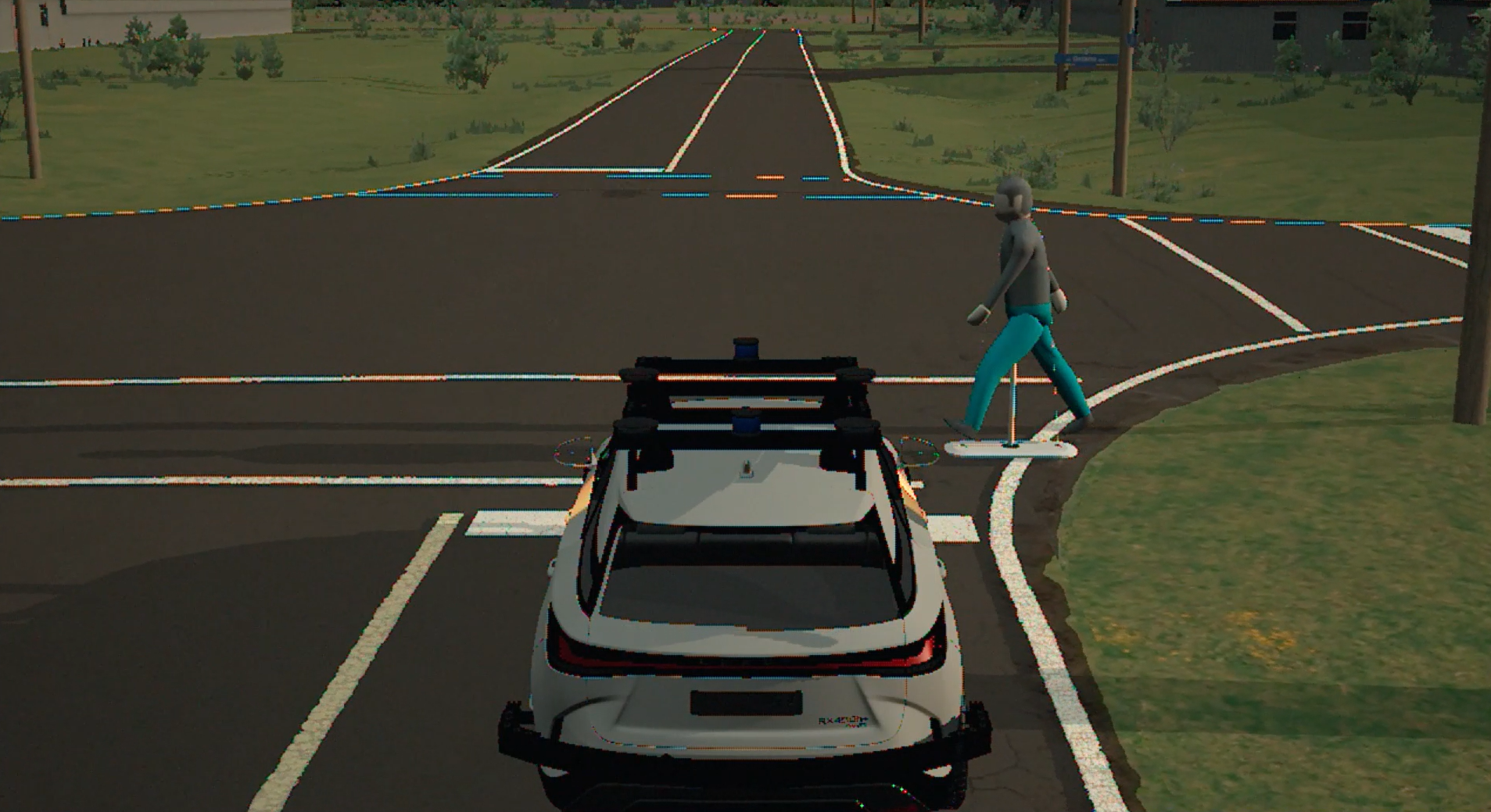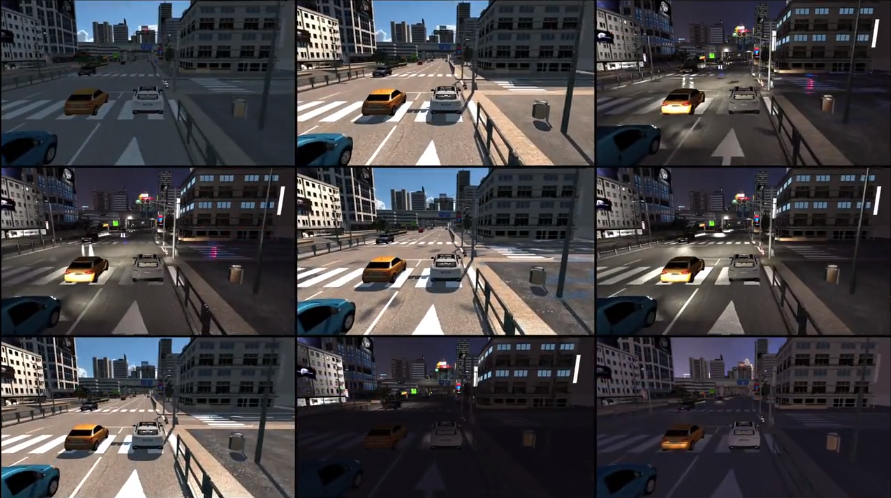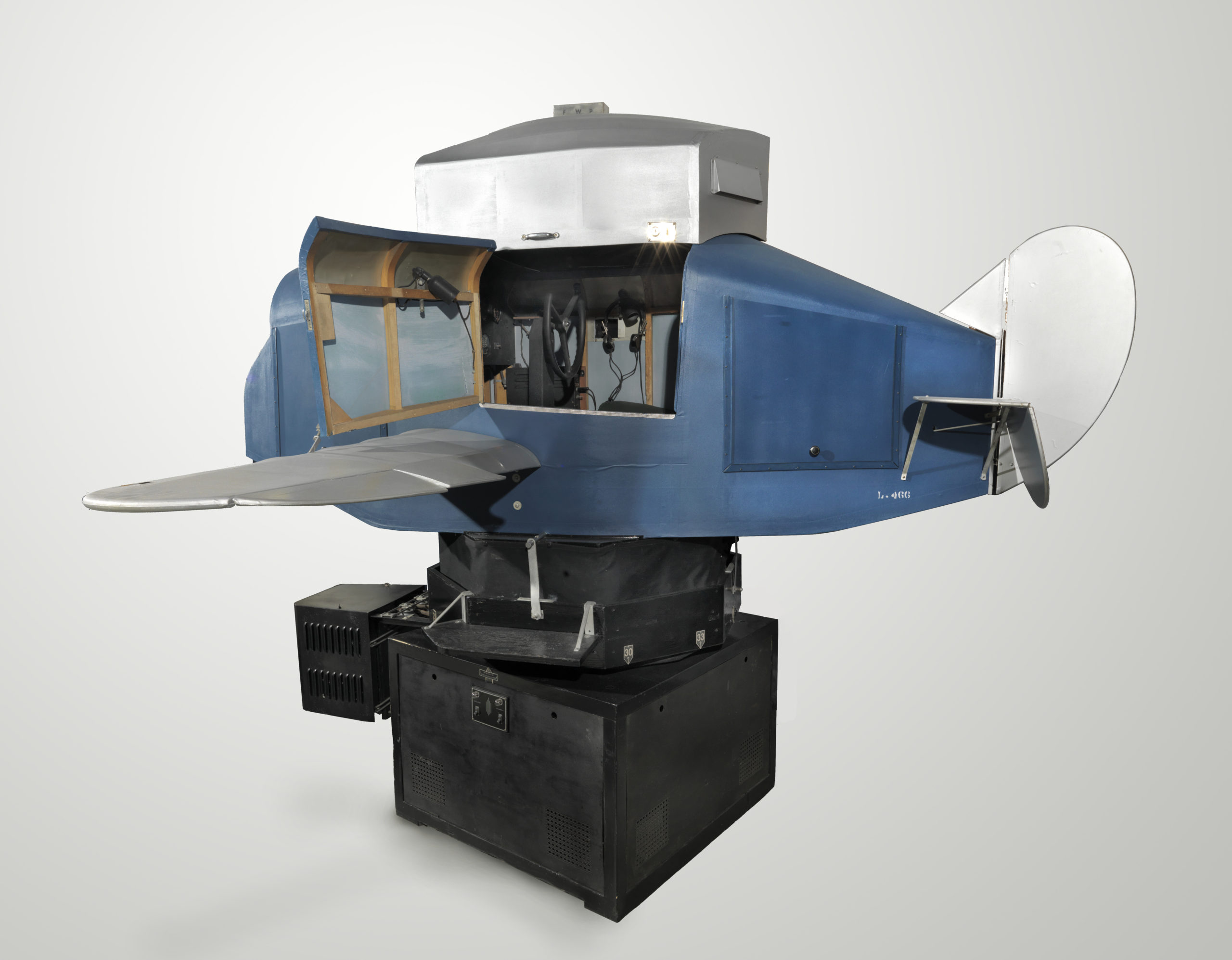Simulators were once the exclusive domain of airline pilot training. Today they are used for many purposes including the development of Advanced Driving Assistance Systems (ADAS) driving systems and connected and autonomous cars. To understand how it works, here’s a simple analogy: the simulator lets self-driving software “play a game” that’s sufficiently close to reality. The more it plays, the better it gets. And just like the simulated world of the Matrix, your autonomous technology under test can’t tell the difference between virtual reality and the real thing.
After years of helping some of Canada’s top technology talent test their connected and autonomous technology at our smart mobility facility in Ottawa, we decided to create a simulation portal to help more companies improve and validate their innovations. This simulation model, powered by Ansys, ensures companies are further ahead in their technology development once they get to physical testing. The Area X.O Simulation Discovery Portal powered by Ansys. is a web-based portal that offers registrants a virtual tour to explore Area X.O assets and features Ansys software. The portal provides registered guests access to virtually interact with Area X.O assets including a digital twin of the real gated facility, and simulated real life assets including our smart intersections, autonomous vehicles, mobile mannequin test targets, mobile command centre and more.
Some of you will immediately understand how exciting this is, especially since it’s free to explore and contains a digital twin of the Area X.O facility! On the other hand, we know simulation is a relatively new topic within the mobility space and some of you may need some more information on it.
Simulations aren’t playing around
Just how close to reality are simulation models? Here’s an example.

Simulation of autonomous driving car interacting with a test mannequin.
Image courtesy Area X.O.
While a game must render everything perfectly enough to fool a nit-picky human, a simulation for a connected and autonomous vehicle (CAV) doesn’t, which simplifies the detail needed for creating actual virtual worlds for an AI to explore. Simulated virtual environments emulate physics, lighting, vehicles, pedestrians, weather, and other conditions with enough fidelity that a machine-learning algorithm can gain “virtual miles” that are indistinguishable from the real thing.
Another difference between game and CAV simulations is that the latter’s software focuses on analyzing, organizing, and developing safety requirements for the software under test. This can automatically guide setting up the model and creating tests to thoroughly explore the software’s edge conditions, making it possible to conclusively determine the functional safety attributes of your software without overlooking potential trouble-spots or failure modes.
Eight billion miles to safety
That leads us to the first real reason why using a simulation tool is imperative. We need to run a huge amount of drive miles on any autonomous software before it becomes safe enough. It’s estimated that eight billion miles of driving experience is required to make a machine learning model safer than a human driver. The only way to practically and safely achieve that many miles is through simulation. There aren’t enough jurisdictions that allow autonomous cars on their streets and besides those don’t cover all environmental situations that are required for a robust implementation. Simulation allows testing to scale. As an example, by 2020, Waymo had tested their vehicles on over 20 million miles of actual driving, but 15 billion miles of simulated miles, a factor of 750 times more coverage.
Another reason is the nature of the miles tested. You need to test the same stretch of road under a host of different conditions – day, night, dusk, rain, snow, haze, and more – to feel confident that the algorithms will work properly in each situation. That’s extremely challenging to do in physical testing but trivial to do in simulation.

Repeating driving tasks under multiple lighting conditions. Image courtesy ANSYS.
Here’s another reason simulation is critical. An autonomous car system needs to properly react to unusual or unsafe conditions that may be extremely rare or may never be encountered within test-driven miles. Whether it’s semi rollovers, bridge failures, or run-away baby carriages, simulation allows you to repeatedly test and refine the self-driving system to make sure that it reacts appropriately and quickly to these rare but potentially fatal situations.
Virtually testing hardware
Simulation isn’t just dealing with visual images. Any simulation model also needs to map sensors like lidar, thermal and radar with appropriate point-cloud simulations that are adapted to the virtual environment to mimic those sensors.
Thus, simulation also provides the ability to create software-only analogs to trial new hardware such as lidar technologies or sensor fusion techniques.

Simulation of sensors. Image courtesy ANSYS.
Ready to fly
You might be asking yourself – does it really make sense to trust our safety to piloting techniques learned in a virtual environment?

Link flight trainer. Image courtesy Canadian War Museum.
Of course, it does; we’ve been doing it for decades. The image above is a Link flight trainer, the granddaddy of all flight simulators. This was a physical flying mock-up used in World War II because it was too expensive and resource intensive to train pilots on the real thing.
Many sectors and companies create and use simulation products to test their components, systems, and system-of-systems. It might surprise you to know that pilots are extensively trained on flight simulators as part of their certifications before they are released into the air. While planes don’t yet completely fly themselves, good portions of their flight are automated with more to come, and these are increasingly being tested in simulated environments.
We’ve already learned to pilot with simulations – now it’s the car’s turn.
Sign up here to access the Area X.O Simulation Discovery Portal powered by Ansys.